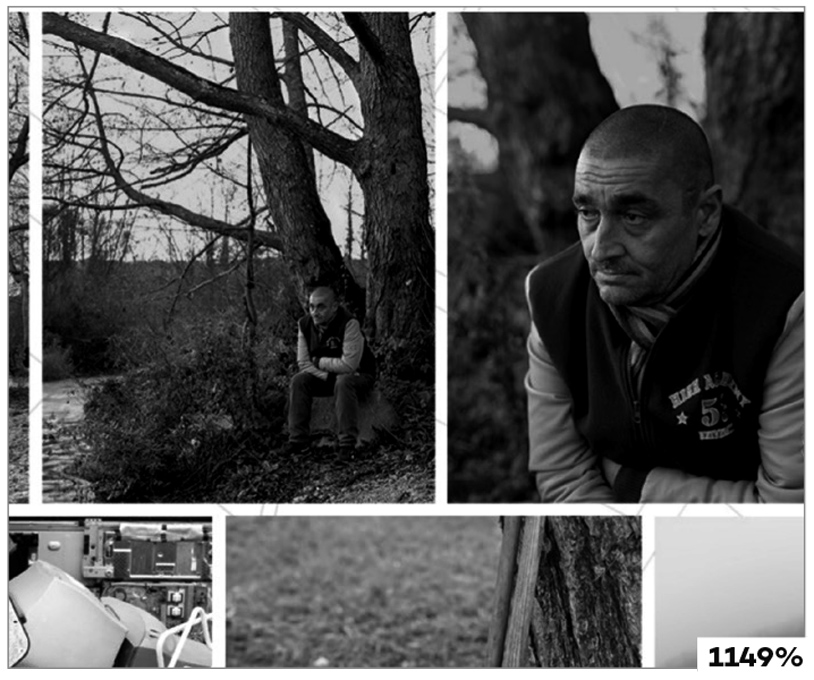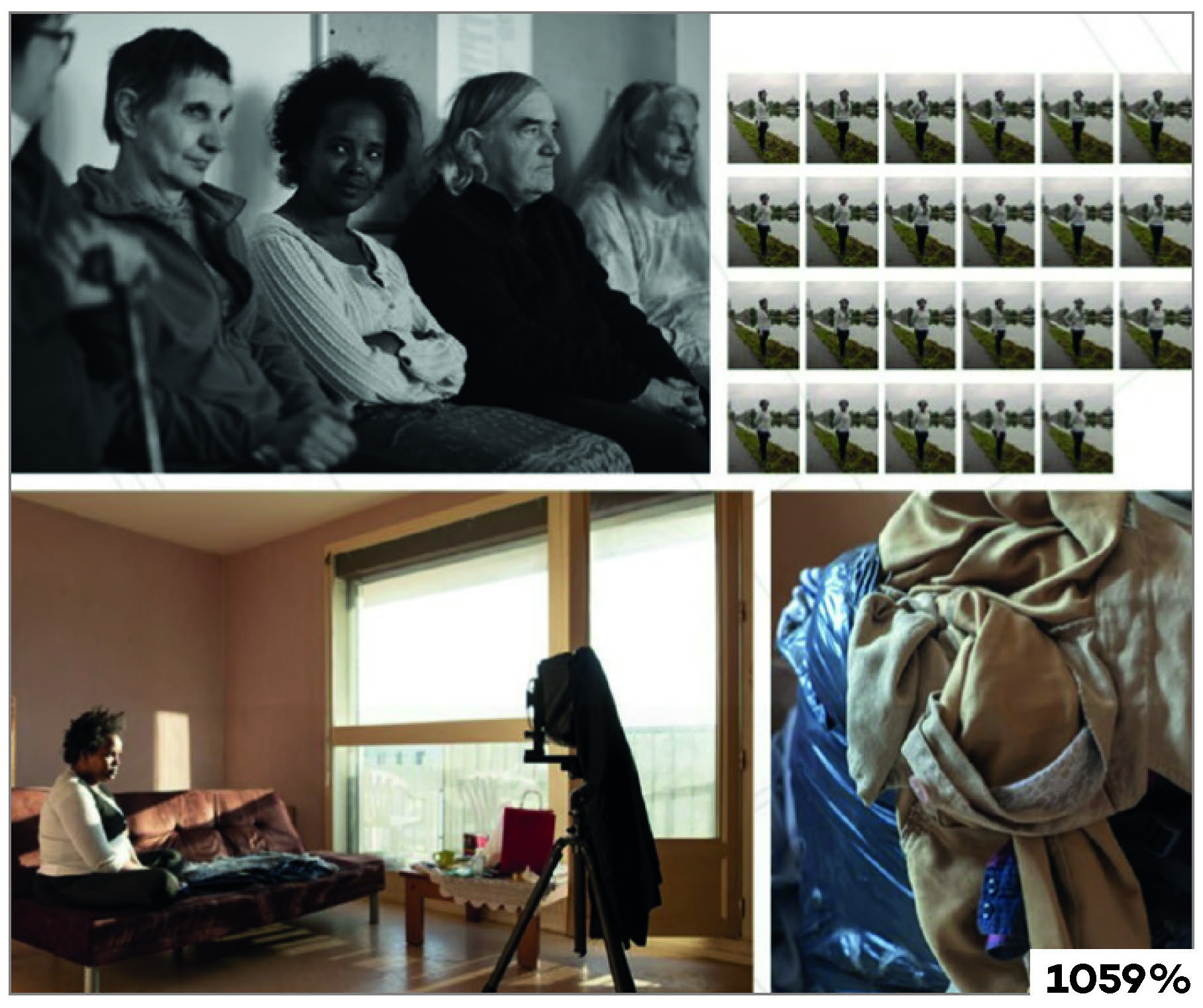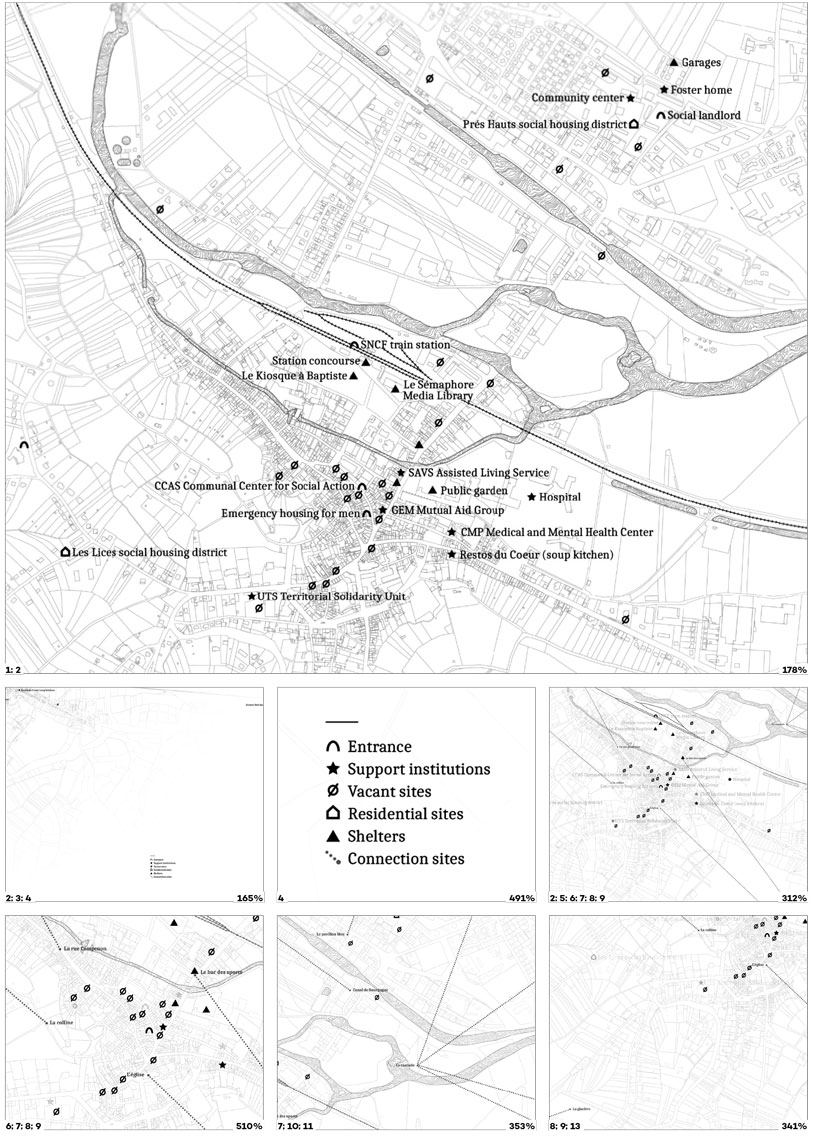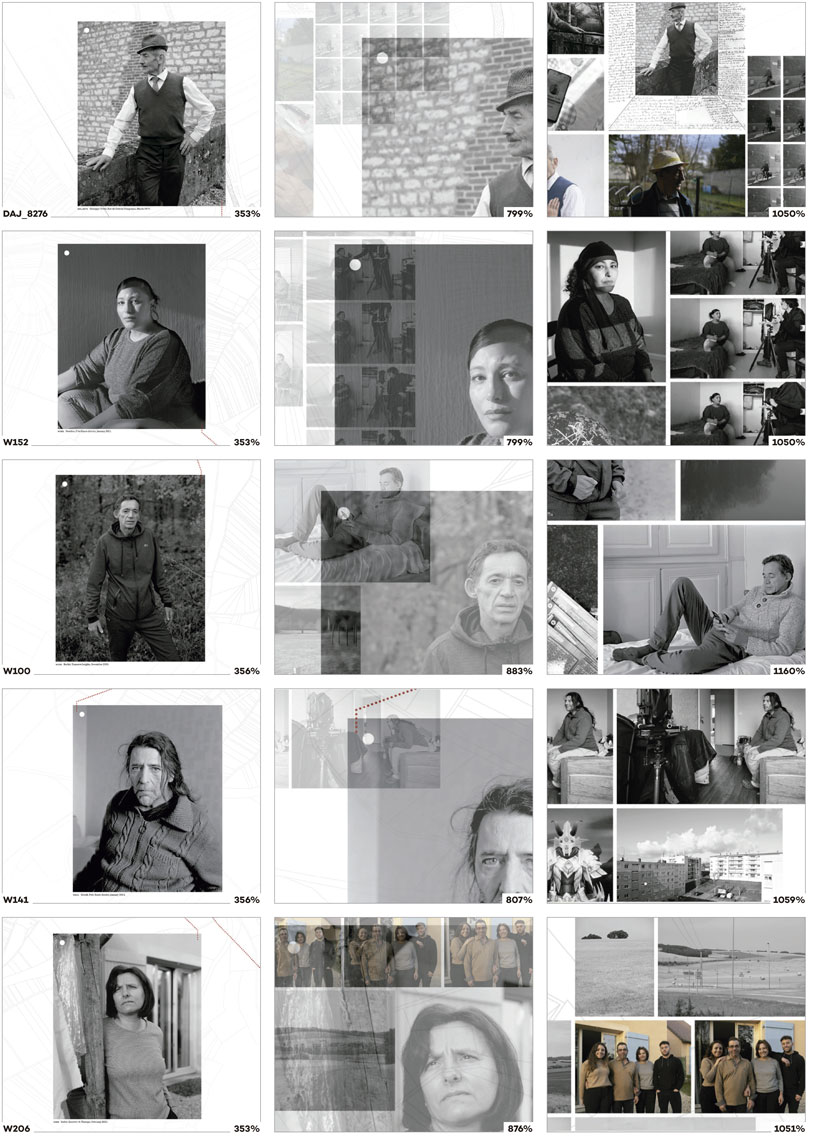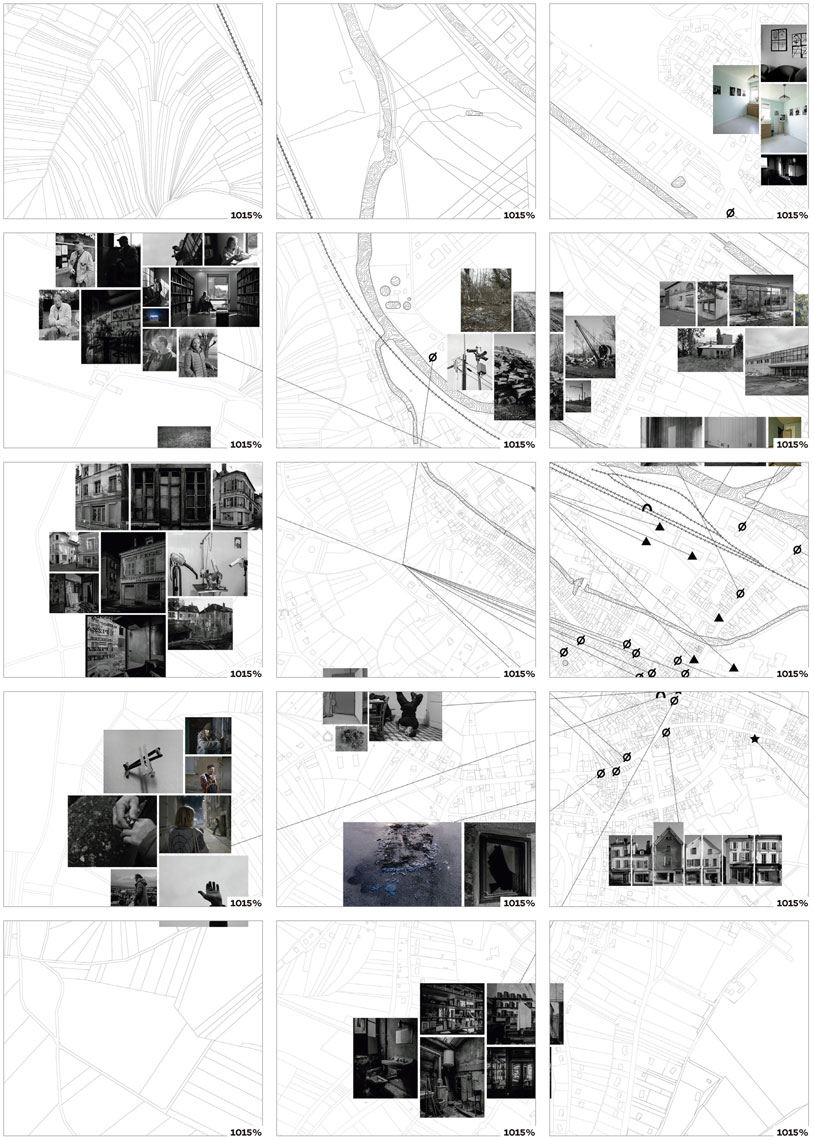What resources do people facing great difficulties linked to the increase in social inequalities between territories use daily? Why do some people in precarious situations move from one region to another and not others? How do these relocations, endured or chosen, contribute to locking them in or giving them back control over their lives? A loss of income or the hope of an easier life may lead to residential relocation to areas where the cost of living is lower (rent, food), where relatives are available to share domestic tasks in the broadest sense. Staying put when neighbors leave, having to leave a neighborhood where the cost of living has risen sharply, seeing one’s neighborhood become impoverished, empty, collapsed, seeing adjacent neighborhoods get richer: all these factors obfuscate attitudes towards the future and lead to emotions such as anger, shame, or sadness. These questions are raised by a collaborative social science study that examines the role of economic dynamics and public authorities in the selective collapse of portions of the French territory.
The photographic investigation conducted in Tonnerre (Yonne) between 2017 and 2022 is the first unit implemented by this collective research. It focuses on the conditions necessary for photography to be an effective heuristic tool in the service of scientific knowledge. Formally, the work is part of a lineage partially interrupted during the second half of the twentieth century, that of alliances between photography and social sciences forged a century earlier in Europe (Thomson and Smith), in Australia (Gillen and Spencer), and in the United States (Boas and Hastings). The project advocates the notion of photographic and ethnographic practice closer to a craft rather than an art form, a profession rather than an artistic gesture, for production of knowledge at theservice of accretion of understanding and interdisciplinary cooperation rather than the competitive search for innovation.
On the zoom.able platform, the visual essay unfolds on three levels. The first layer presents a map of the city of Tonnerre that highlights the important structures for the survey: pictograms indicate the entry points to the territory, the caring institutions that allow people to survive, the vacant places that play a key role in the arrival of precarious populations, and the shelters that provide protection from the cold and rain.
The second layer shows a selection of portraits, with captions providing information on the different ways in which people have settled in Tonnerre over the past ten years. The framework engages the people photographed at several stages of the production. They have chosen the places where the pictures weretaken. They have also chosen the places to which their portraits are linked on the map, either because they spend time there, or because they have in those locations an emotional connection, related to their hopes and doubts. And they have also coauthored the captions accompanying the photographs, to explain their singular relationship to the area.
The third layer follows two rationales: the places identified on the map refer to photographic documentation of the territory, while each portrait refers to the resources mobilized to deal with daily life as well as photographic situations. From an epistemological perspective, this is about restoring the gap between the observed world and its photographic representation, a reminder that photographic materials, in order to be usable, must be related to the singular context of their production: the distance between photographer and subject; monochromatic effects; and things that are out-of-frame, such as the photographer’s body language during the shoot.
